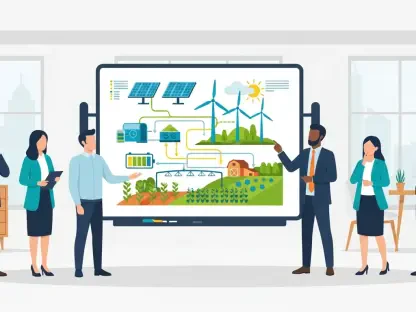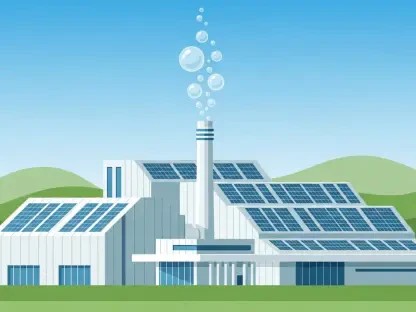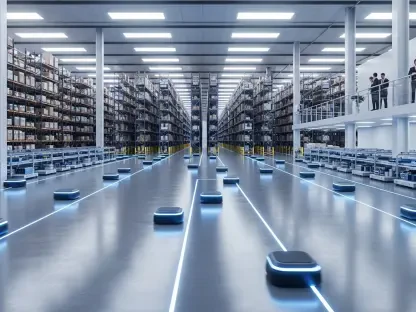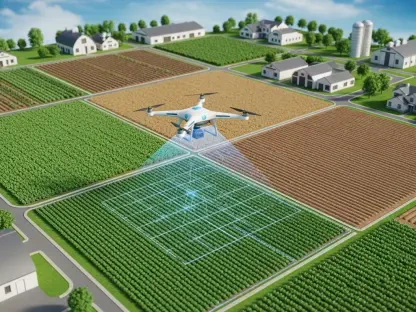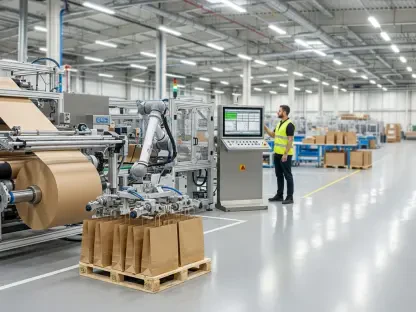I’m thrilled to sit down with Kwame Zaire, a renowned manufacturing expert with deep insights into electronics, equipment, and production management. With his thought leadership in predictive maintenance, quality, and safety, Kwame brings a unique perspective to the complex world of U.S. trade policy and its impact on industries and workers. Today, we’ll dive into the Senate’s recent pushback against President Trump’s tariffs, the implications of his trade deal with China, and the broader economic effects on American farmers and families. Our conversation explores the political divides, the real-world consequences of these policies, and what they mean for the future of manufacturing and trade.
How do you view the Senate’s recent resolution to roll back many of President Trump’s global tariffs, and what does this signal about the state of unity within the Republican Party?
I think the Senate’s move to pass this resolution with a 51-47 vote is a significant moment. It’s not just about tariffs; it’s a clear indication of growing frustration with the administration’s trade approach, even among some Republicans. The fact that four GOP senators crossed party lines to join Democrats shows there’s a real fracture within the party on this issue. Tariffs have been a cornerstone of Trump’s economic strategy, so this dissent—especially from figures like Rand Paul—highlights a tension between free-market ideals and the protectionist policies the president has championed. It’s a signal that not everyone in the party is on board with bearing the economic costs of these trade wars, particularly when they hit key constituencies like farmers and manufacturers.
What’s behind the dissatisfaction among some Republican senators with Trump’s tariff policies, and how do their concerns resonate with what you’re seeing in the manufacturing sector?
The discontent, especially from someone like Rand Paul, stems from the belief that tariffs, even when reduced, are still too burdensome. Paul’s point about higher prices is spot-on—tariffs often get passed down to consumers and businesses. In manufacturing, we’re seeing this firsthand. The cost of imported materials, like steel or electronic components, has spiked, squeezing margins for companies that rely on global supply chains. Many in the sector appreciate the intent to protect American jobs, but the reality is that these tariffs can hurt the very industries they’re meant to help by raising production costs and fueling uncertainty. It’s a tough balance, and I think these senators are echoing the concerns of businesses in their states.
Let’s unpack Trump’s recent trade agreement with China, particularly the commitment to buy 25 million metric tons of U.S. soybeans annually. How impactful do you think this deal is for American farmers?
On the surface, the soybean deal sounds like a lifeline for farmers who’ve been hit hard by the trade war with China. Getting 25 million metric tons in annual purchases is substantial, no doubt. But when you dig deeper, it’s not quite the full recovery some might think. Before tensions escalated, China was buying close to 27 million metric tons in 2024, so we’re still short of where we were. For farmers, especially in states like Kansas and North Dakota, this is a step forward, but it doesn’t erase the financial pain they’ve endured. Plus, rebuilding trust and logistics with a major buyer like China takes time—it’s not an overnight fix. I’d call it a partial win, but the broader challenges remain.
Democratic senators have been vocal in criticizing Trump’s trade policies, arguing they’re hurting American families with rising prices. How do you assess their perspective, especially in the context of rural communities and manufacturing hubs?
I think Democrats like Ron Wyden have a valid point when they highlight the burden on American families, particularly in rural areas. Rising prices due to tariffs don’t just affect urban consumers—they hit rural communities hard, where farmers and small manufacturers are already dealing with tight budgets. In manufacturing hubs, I’ve seen companies struggle to absorb higher input costs, which sometimes leads to layoffs or reduced investment in equipment and safety. The economic strain is real, and while the intent behind tariffs might be to protect domestic industries, the short-term pain is often felt most by the very people these policies aim to help. It’s a complex issue, and their criticism isn’t without merit.
There’s enthusiasm from some Republican senators in farm states about the China soybean deal, despite acknowledging ongoing challenges. What’s your take on their optimism, and do you think it’s justified given the broader trade landscape?
I understand why senators from farm states are excited about the soybean agreement—it’s a tangible result after a rough few years for agriculture. Calling it ‘huge news,’ as one senator did, reflects a sense of relief that there’s movement in the right direction. But their acknowledgment that farmers still need financial support tells the real story. The deal is a start, not a solution. In the broader trade landscape, we’re still navigating uncertainty with other countries and unresolved tariffs. So, while the optimism is understandable, I’d caution against overconfidence. Manufacturing and agriculture are deeply interconnected, and until we see stability across the board, it’s hard to say the worst is behind us.
Looking ahead, what’s your forecast for the future of U.S. trade policy, especially in terms of balancing protectionism with the needs of industries like manufacturing and agriculture?
I think we’re at a crossroads with U.S. trade policy. On one hand, there’s a strong push for protectionism to safeguard American jobs and industries, which resonates with many in manufacturing. On the other, the global nature of supply chains means that overly aggressive tariffs can backfire, hurting the same sectors we’re trying to protect. My forecast is that we’ll see a slow shift toward more targeted trade measures—less blanket tariffs and more strategic negotiations to address specific industries or countries. But it’ll require bipartisan cooperation, which is tough given the current political climate. For manufacturing and agriculture, the next few years will likely involve adapting to lingering uncertainty while pushing for policies that prioritize long-term stability over short-term wins. I hope we can strike that balance, but it’s going to be a bumpy road.



